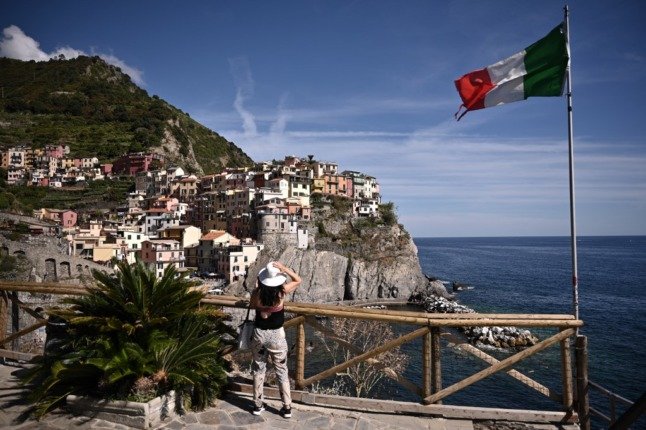Italy: Can second-home owners get a residence permit?

Rome: Second home owners hoping to spend more time in Italy may consider applying for Italian residency – but how easy is it and what do you need to know?
Citizens of many non-EU countries, including Americans and now Brits are allowed to spend 90 days out of every 180 in the EU without applying for a visa or residency.
Several readers have recently asked if there’s a way to extend the period of time they’re allowed to spend in Italy.
At the moment, if you plan to stay longer, most people from outside the EU would need to apply for a visa and residency permit (permesso di soggiorno).
While some countries such as France have made special visa provisions for second home owners, and certain other EU member states have so-called ‘Golden Visa’ schemes available to those who can afford them, Italy has no such process.
The first thing to be aware of is that owning a home in Italy does not change the immigration rules or the visa or permesso application process.
“The buying of a property in Italy by a third party national (now including UK nationals) does not in any way, shape, or form give them any privileges from an immigration point of view,” says Damien O’Farrell, a global mobility expert and expat coach. “Italy, unlike Portugal, does not have a Golden Visa,” he says.
There has been confusion about this for British nationals, but again the post-Brexit immigration rules remain the same whether you own a property in Italy or not: if you were registered as legally resident before the end of the Brexit transition period (so by December 31st, 2020), your rights to reside in Italy are protected by the Withdrawal Agreement.
If not, you can still apply for a residency permit after that date, however you may not be covered by the Withdrawal Agreement.
In Italy, most non-EU citizens wishing to stay for more than 90 days in 180 would need to apply for a long-stay visa. In some cases, rules vary by country so be sure to check with your Italian embassy.
There are several types of long-stay visa available depending on your circumstances. The one most likely to apply to second home owners choosing to spend more time in Italy would be the ‘elective residency’ visa.
This type of visa is designed for those who want to live in Italy and have the financial means to support themselves without working. It is often referred to as a retirement visa, but you don’t have to be retired to apply. The application costs €116.00. The visa however is only the first step, and it must be applied for before you arrive in Italy.
Once in Italy, you’d then need to begin the process of obtaining a residence permit. There are a few different types of permit to stay in Italy, depending whether you’re there for work, study, family reasons or simply leisure. The permit you apply for must correlate with your intentions of the permit holder and with the conditions of your visa.
The application costs between €100-200 in fees and usually takes between three and six months to process. Find further details of how the residency application process works here.
Residency is of course more than just officially declaring that you live in Italy. Whether or not taking up residency – and therefore paying income tax – in Italy would be the right choice for you is an often complex decision which depends on your personal circumstances.
You cannot be a permanent resident of two countries at once, so if you become an Italian resident you have to give up residency in your home country, which has an impact on access to national health services (depending on the system in your home country) as well as on taxes.
Second home owners may already be paying some Italian tax – but this in itself does not mean they have residency rights.
Those who own second homes in Italy are “liable for any property taxes such as IMU, garbage tax, and any other local taxes,” O’Farrell explains.
“As they are not residents, income tax does not come into play,” he adds.
Becoming a resident in Italy means filing annual tax returns with Italian authorities, even if all your income comes from your home country or elsewhere, and registering with the Italian healthcare system (which may not be free).
For these reasons, many non-EU citizens with a second home in Italy may decide sticking to the 90-day rule is their best option.
It’s important to point out that the 90-day limit is for the whole Schengen area, so for example if you have already spent 89 days in Italy you cannot then go for a week in Spain.
This Schengen calculator allows you to calculate your visits and make sure you don’t overstay.
If you are caught over-staying your allocated 90 days you can end up with an ‘over-stay’ flag on your passport which can make it difficult to enter any other country, not just Italy, and is likely to make any future attempts at getting visas or residency a lot more difficult.





